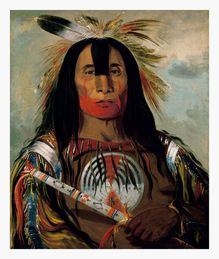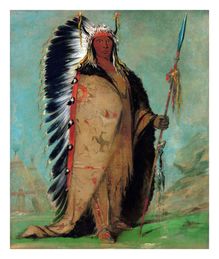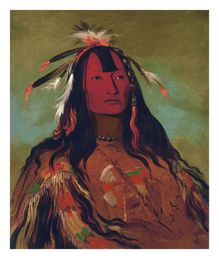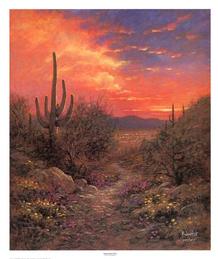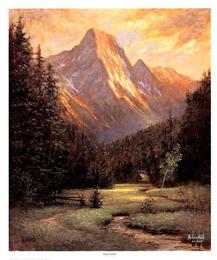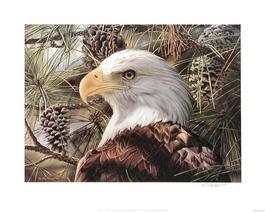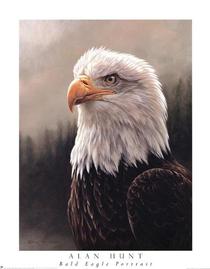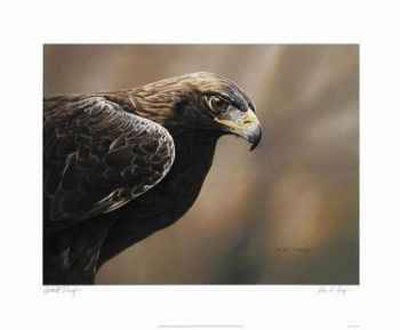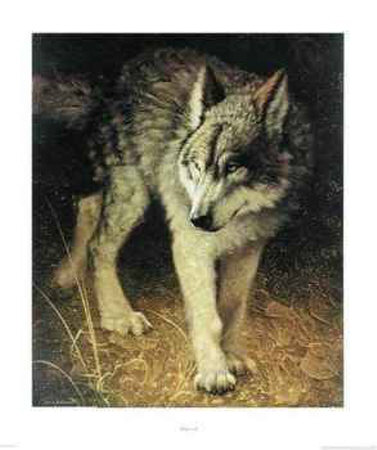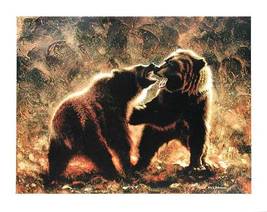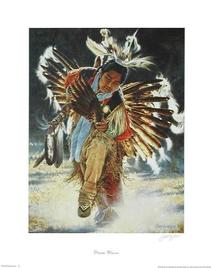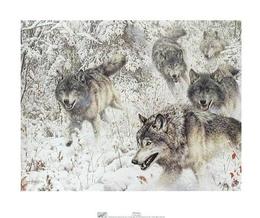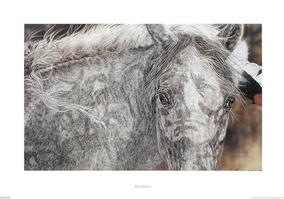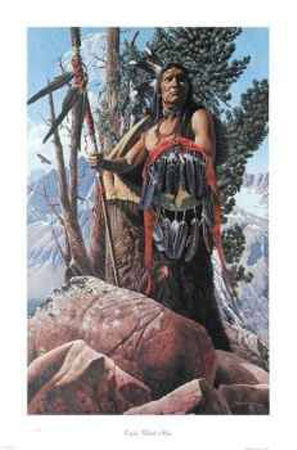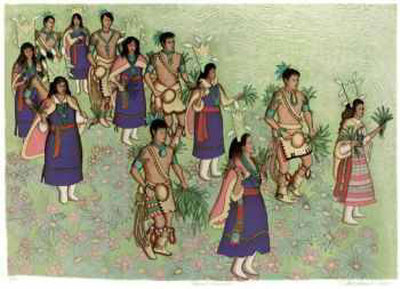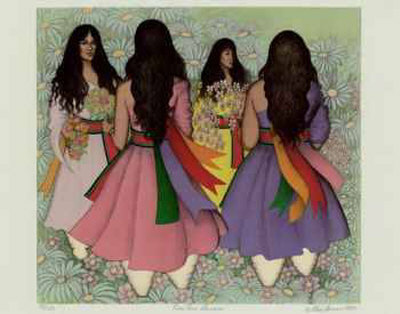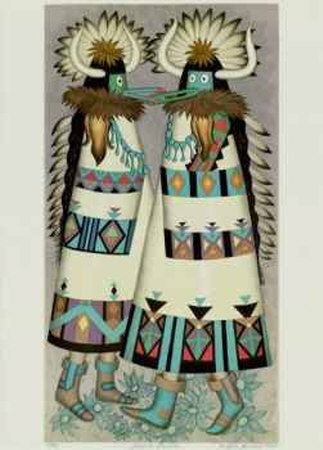What is a Limited Edition Fine Art Print?
23 Views What is a Limited Edition Fine Art Print?.. KEYWORDS: native american limited edition fine art prints what is a limited edition fine art print
A limited edition print is an original image limited to a predetermined print quantity. The edition is often signed by the artist and individual prints are always numbered. The numbers on the print denote the individual piece number in the edition over the total edition size. For example, 3/125 is the 3rd print in a series of 125.
Limited edition prints gain in value as time passes, with the lower numbers in an edition often becoming the most valuable. Some limited edition prints are eventually worth thousands of dollars, depending on the total number of editions, their rarity, and condition.
The making of limited edition prints is a time-consuming, exacting and collaborative effort among the artist, a publisher and a printer. The choice of paper, printing technique, the size of the edition, the consistent quality of each print in the edition are just as critical as the artist’s choice of subject matter and style.
Limited Edition Printing Techniques
Serigraphy
Serigraphy is a printing process where ink is pressed through a silk screen onto paper. A different screen is used for each color in the image. Unlike offset printing, silkscreening allows the artist to vary the colors and patterns while printing. The serigraphy process was widely used in early twentieth century advertising posters and in pop art.
Giclee
Giclee printing made its debut in 1985 and incorporates the technology of digital printing, whereby microscopic ink droplets are precisely positioned onto a surface. Giclee prints offer incredible saturation, depth of color, and a beautifully finished print that captures the essence of the artist’s intent. Many contemporary and influential artists have adopted this new, high-quality printing technique.
Stone Lithography
The lithographic process was developed in 1878 in Germany. The artist uses a greasy substance to draw an image on a hard, dense, but porous limestone. The entire surface is moistened with a gum arabic and water solution. Then ink is applied to the surface, coating the design areas and repelling from the non-greasy areas. Finally, a sheet of paper is laid over the stone, thus transferring the inked image to the paper. This demanding process is repeated for each color in the image. A variation on stone lithography is offset lithography, where metal plates are used instead of limestone.
Mixed Media
As its name implies, mixed media prints incorporate a variety of techniques. Typical mixed media prints start with a basic image produced by the artist on a hand-run printing press. Then the image is enhanced with a variety of materials including hand-tinting, gold and silver leafing, metallic inks, application of papers, textiles, pastels, charcoals, etc. With the mixed media technique, each individual print contains slight variations from the rest of the edition. Because of the artist’s individual application, these editions have a uniqueness that often increases their value more than other printing techniques over the years.
The Paper
The traditional art of papermaking has remained virtually the same since it was invented in China almost 2000 years ago. The most important changes have been in the materials. Europeans evolved papermaking by using cotton and linen fibers. The more cotton and high-quality fibers present, the stronger the paper. Fine-quality paper affects the quality of a print’s color and will age with minimal deterioration.
The paper on which serigraphs, giclees, mixed media and stone lithographs are printed adds immensely to the value and quality of the print. The paper weight and content determine the difference in the way a print looks, feels and ages. The choice of paper is also a key factor in how to best interpret the original piece and the artist’s intent.
Limited Edition Prints for Sale
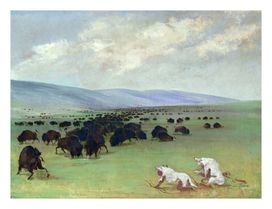 | | Catlin and his Indian Guide Approachi… | | George Catlin | | 27.00×21.00 Fine … | | Buy From Art.com |  | |
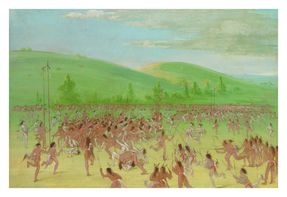 | | Ball-play of the Choctaw – Ball Up | | George Catlin | | 33.00×23.00 Fine … | | Buy From Art.com |  | |
November 16, 2004 
